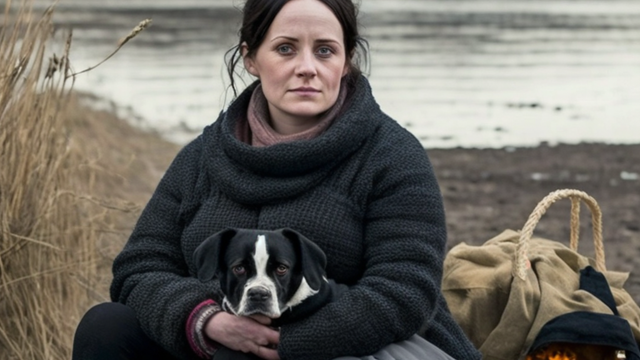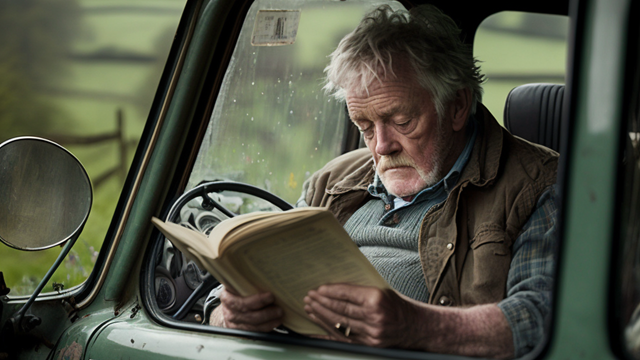Together with a coalition of rural advocates and homelessness organisations, Hastoe has part-funded a year-long study into rural homelessness by academics at the University of Kent and the University of Southampton. The final report, ‘Homelessness in the Countryside: A Hidden Crisis’, was published on 17 March 2023.
The report highlights that the countryside is battling a ‘hidden homelessness’ crisis driven by the cost-of-living crisis, soaring housing costs and a gaping shortfall in local authority funding. It shows rough sleeping in rural areas has increased by 24% in just one year and the researchers believe the true scale of the crisis is likely to be far higher given 'shame and stigma' are the main reason for under-reporting.

Rough sleeping in rural areas has increased by 24%
The report includes the findings of a survey of 157 frontline support workers, service providers, NGOs, and shelters, where an overwhelming majority thought rural homelessness was a serious problem that was getting worse. The key findings include:
- 91% of respondents in rural areas have seen homelessness increase in the past five years
- 83% of respondents in rural areas said their job had become harder in the past five years
- 81% of respondents believe that rough sleeping is experienced differently in rural areas compared to urban areas.
The study shows rural areas being paid a fraction of what they need to tackle homelessness in their communities.
Overall, rural local authorities are receiving 65% less in funding per capita through the Homelessness Prevention Grant than urban areas, who are themselves chronically underfunded. The sharp discrepancy in financial aid, discovered in statistics released by the Department for Levelling Up, Housing and Communities, shows urban local authorities were paid £7.15, compared to just £2.50 paid to rural local authorities when calculated on a like-for-like basis.
Interviews with more than 40 people, including people who sleep rough and outreach workers in four rural locations, paint a striking picture of isolation and resilience.
People who experience homelessness in rural areas often sleep rough in farmland or woodland, making them much harder for outreach workers to find and support, and putting their life and health in jeopardy. Real life stories shared with the researchers included people digging trenches in the snow to sleep, going several days without food, being spat on, their tents set on fire, and muggings that resulted in brain injuries and teeth being knocked out.
The study found that isolation also made the problem far worse for those facing homelessness in rural areas, where limited transport options and the absence of support placed them at greater risk. Those with physical or mental health needs were found to be most vulnerable.

The report outlines a plan to end rural homelessness and calls for a cross-government commitment that not only addresses the issue of hidden homelessness, such as sofa-surfing and temporary accommodation, but also prioritises the implementation of effective processes for counting rough sleeping, the creation of homelessness reduction boards, the strengthening of urban-rural partnerships, and increased funding for new social housing.
The coalition is calling for:
- local and national leaders to make a clear commitment that ‘rural homelessness counts’
- all future homelessness and rough sleeping strategies consider the needs of rural communities and 'at risk' residents
- improved processes for better counting and identifying instances of rural homelessness
- delivery of new homelessness support services in rural communities that address mental health and social and physical isolation
- dedicated investment to fund much-needed rural social housing
- increased funding through the welfare system to cover the cost of rent.
Homelessness in the Countryside: A Hidden Crisis
Read the full report below





